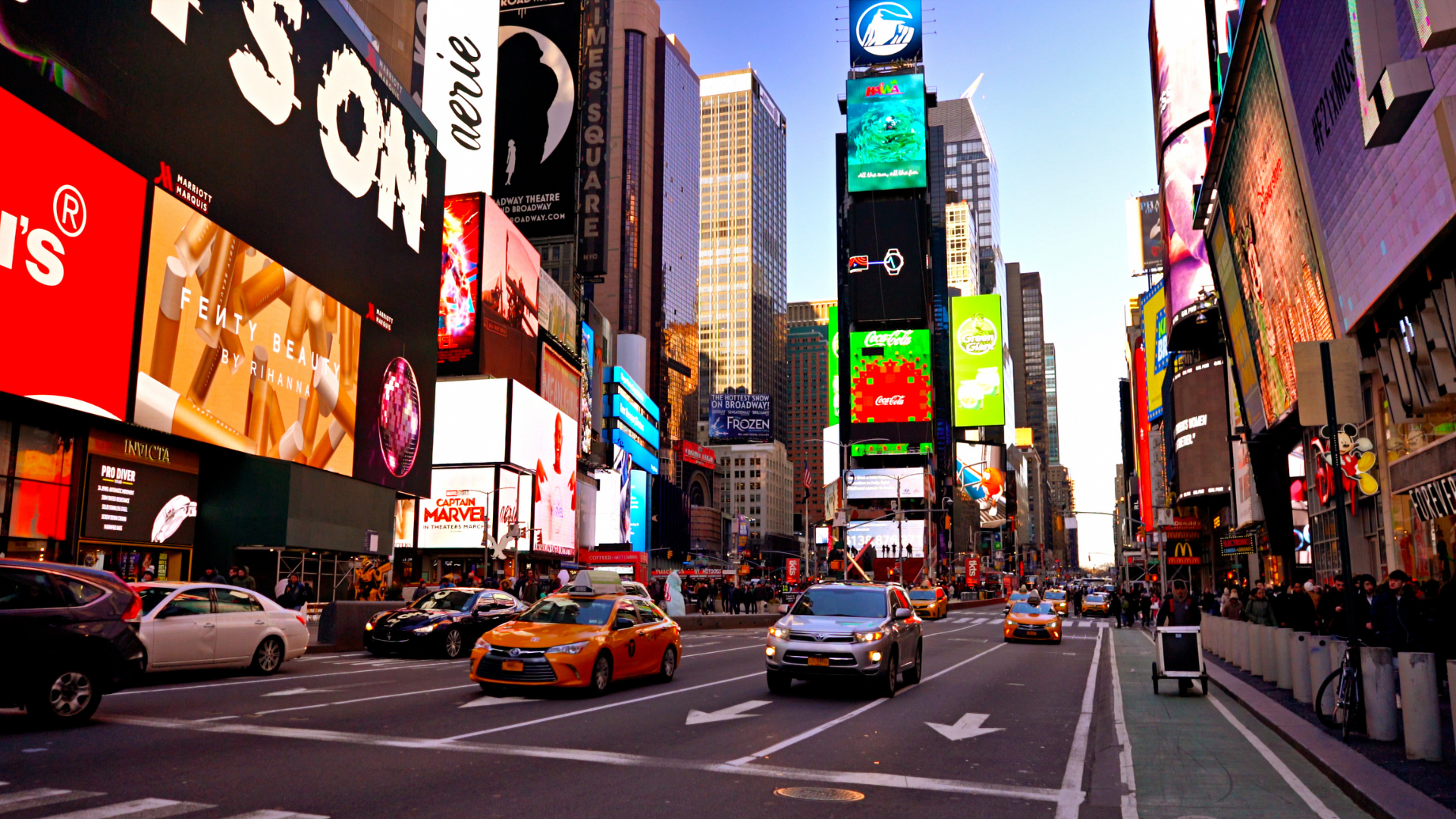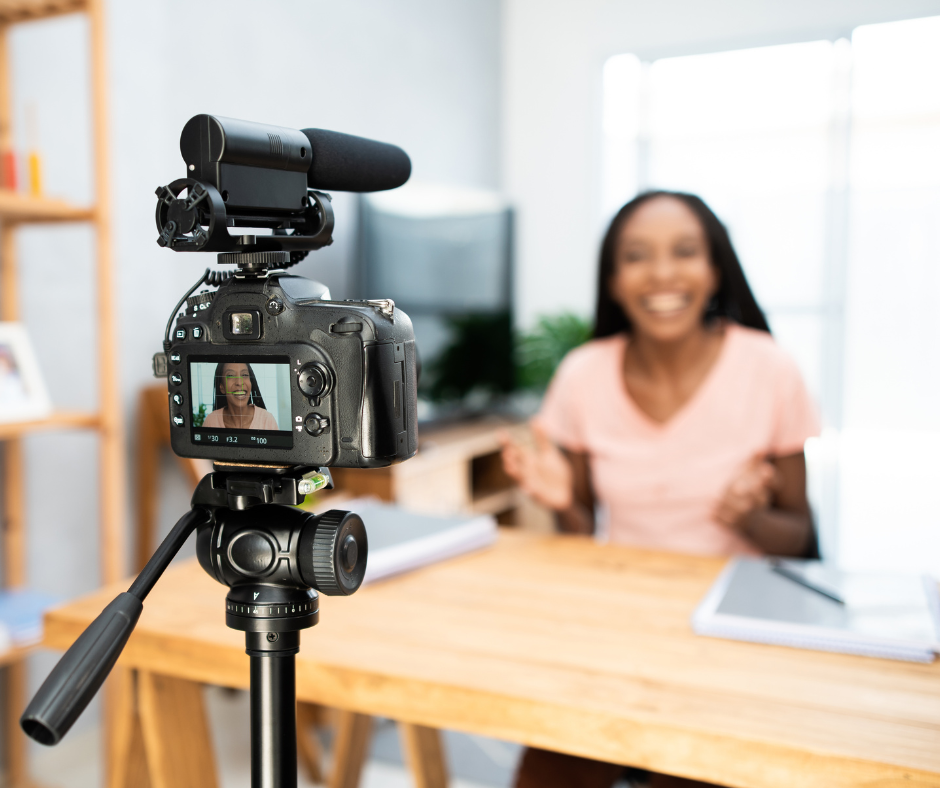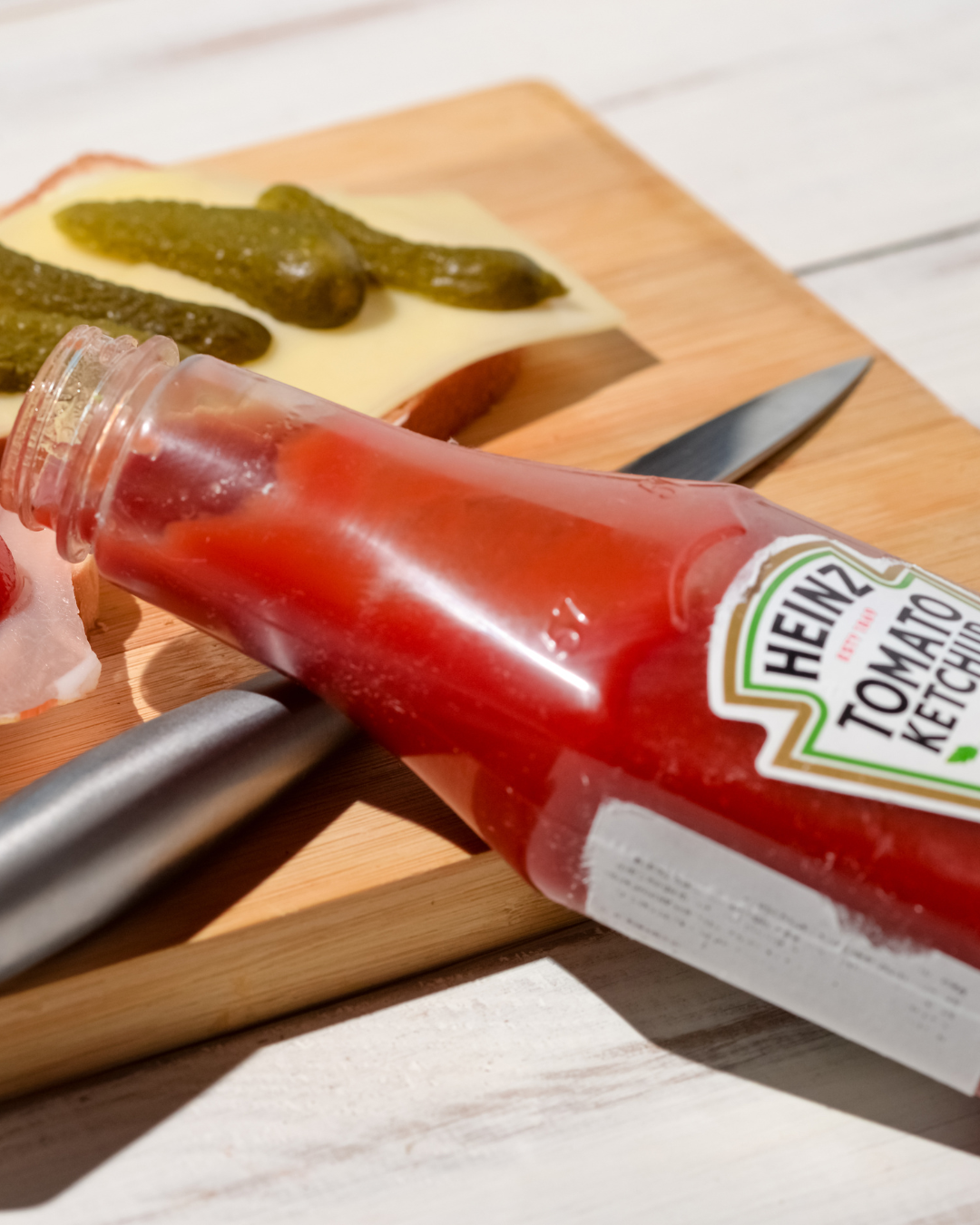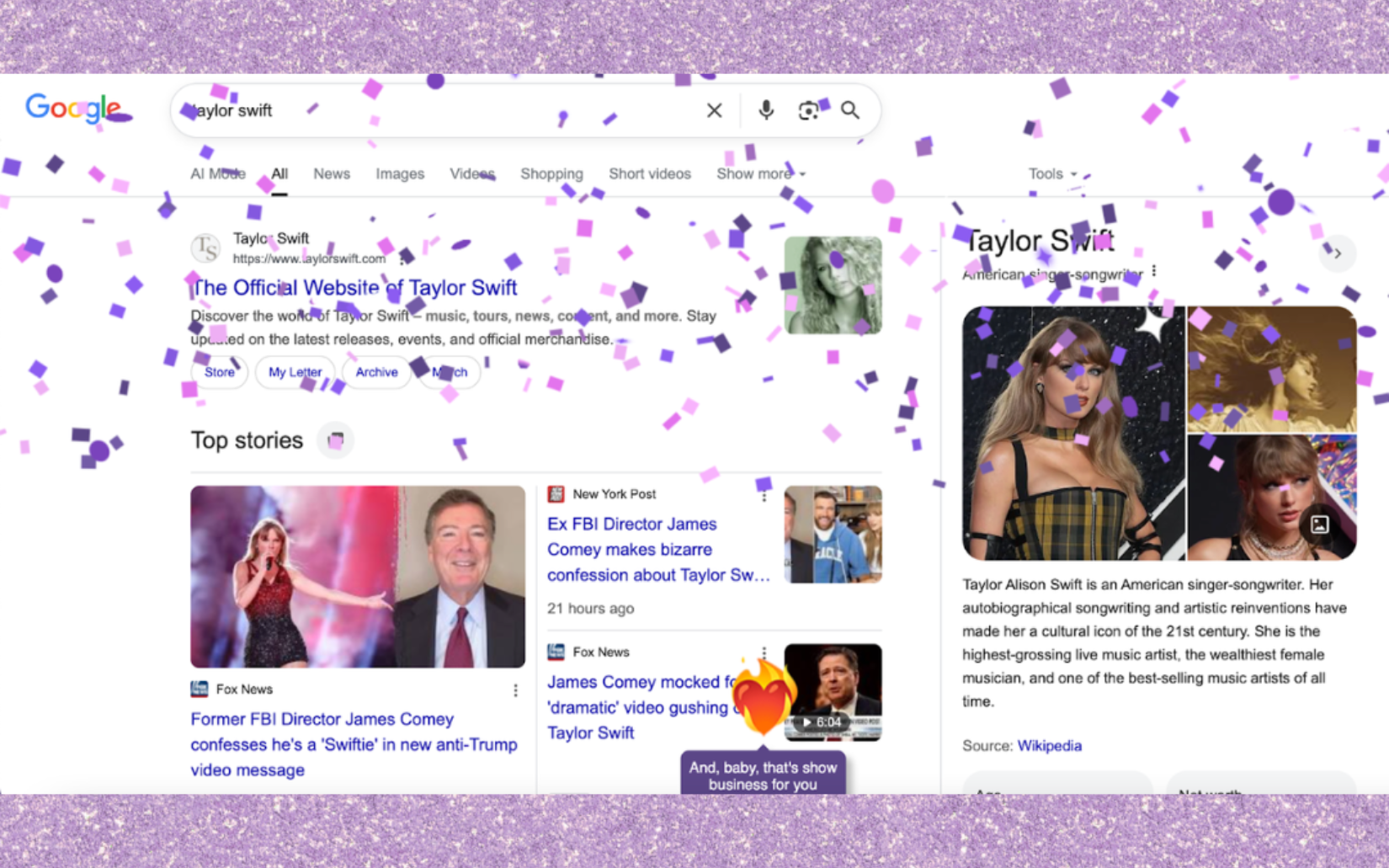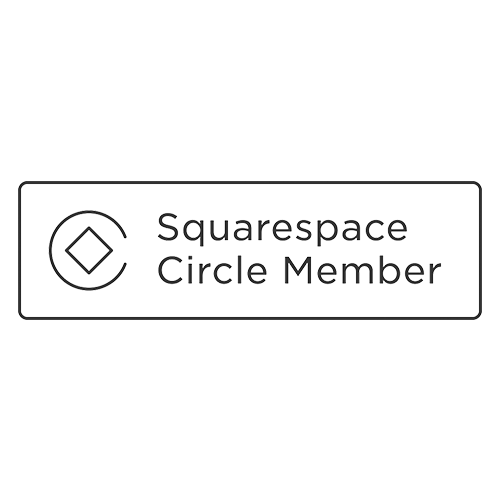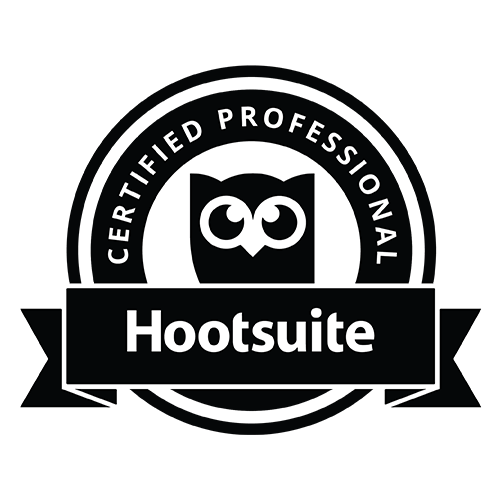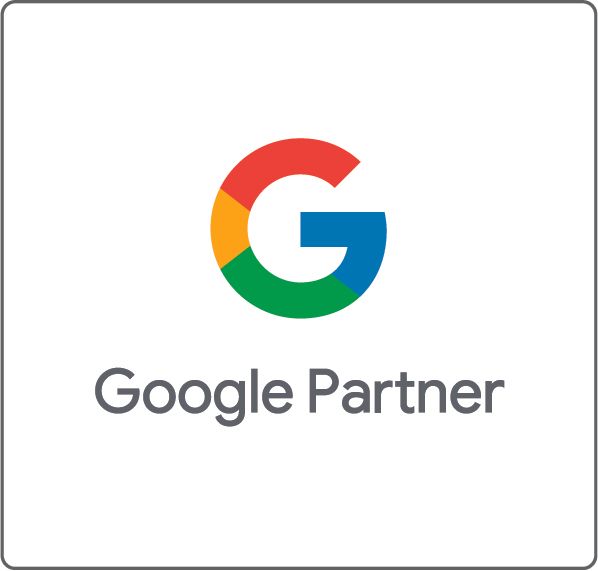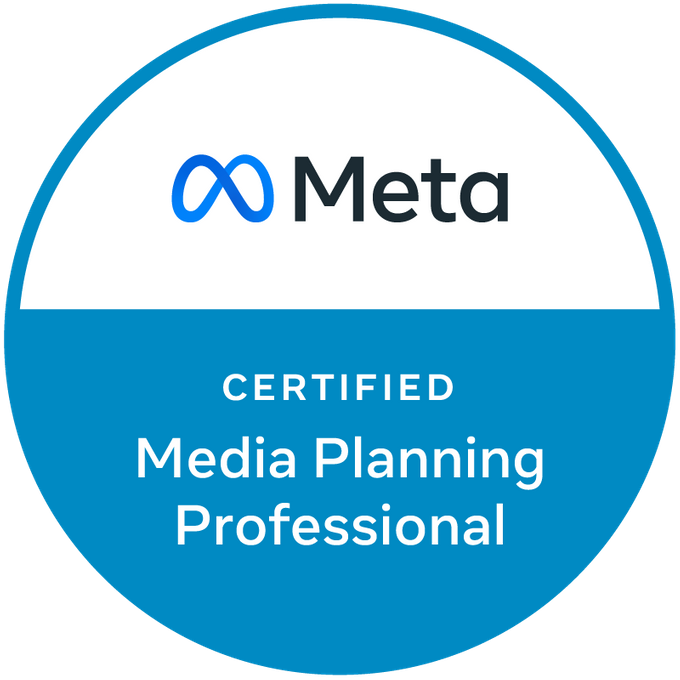YouTube and Brand Safety
In 2017, brand safety became one of the biggest buzzwords in digital marketing. YouTube has found itself in a less-than-ideal situation with a growing number of brands pulling their ads from the platform for appearing next to offensive content. Even when using a block list, it is difficult to make sure all offensive content is included, especially on a platform like YouTube, which heavily relies on users tagging their videos correctly. Additionally, users who are uploading offensive content are becoming more creative when it comes to tagging their videos in order to get past Google’s algorithm and keep the content live. In addition to these videos staying live, they are also passing Google’s qualifications for montinazation.
YouTube’s most recent miss comes from a Britain's Times report which discovered ads for major brands appearing on clips of exploited children. Upon further investigation, the Times found that the content was easily searchable and matching terms even came up in the search prediction bar (a feature which has since been disabled).
As a result of this recent misstep, YouTube is hiring 10,000 people to review content that may be in violation of YouTube’s policies. In addition to ads appearing next to inappropriate content, the social media platform has had issues with content containing profanity and violence in it’s kid-friendly section of the platform. YouTube is also rolling out new comment moderation tools to further help cut down on abuse and trolls.
Even with these additional safeguards being rolled out, only days into 2018 there has been another content scandal on the platform. Popular YouTube vlogger Logan Paul, recently filmed in a forest in Japan known for the amount of suicide attempts that take place there. While filming he came upon a victim, filmed it, and then uploaded the video to his channel (demonetized) with the intention of raising awareness. However, the manner of his behavior in the video, as well as his young fan base, left many users in shock that this would be uploaded. After receiving a lot of criticism, Paul removed the video after 24 hours, posted a written apology to his Twitter account, and uploaded an apology video to his YouTube channel. Upon further investigation, it has been confirmed that the video was in fact reported and manually reviewed by YouTube and deemed appropriate to stay live on the site.
The Logan Paul incident has some brands questioning the safety of
influencer marketing especially since the new medium is expected to consume an even larger amount of marketing funds than in 2017. While Paul does not represent the majority of influencers on various platforms, it does serve as a reminder to brands to weigh the risk of associating your brand with an influencer and properly vetting who is associated with your brand. Even with Google’s difficult year, it is still the leading platform for digital marketing and the large audience YouTube offers cannot be dismissed. These are just examples of the controversies that come with the ever-changing platform that brands should be aware of before they start spending their marketing budgets.
Never miss an update from “The Shoppe,” sign up for our email list today!
Subscribe
Sign up with your email address to receive news and updates.
Subscribe
We respect your privacy.


